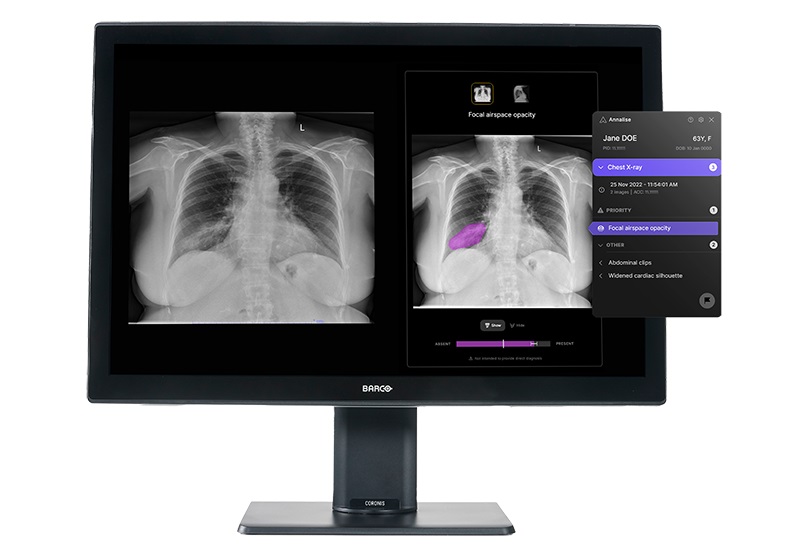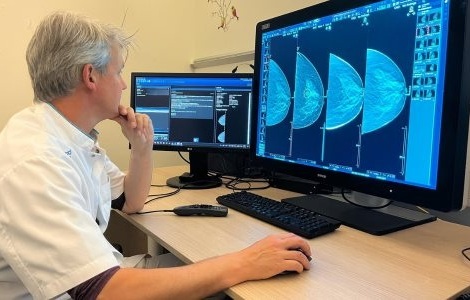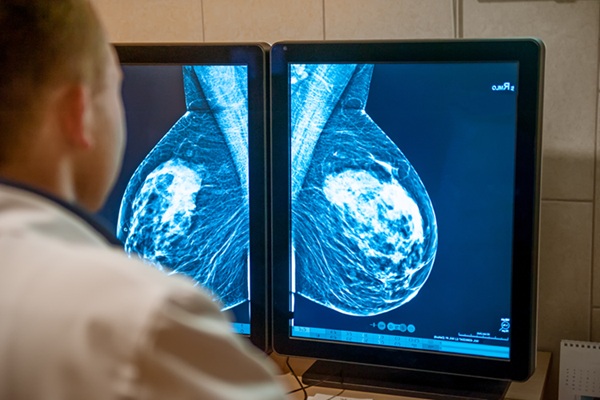AI Model Identifies Vertebral Compression Fractures in Chest Radiographs
Posted on 19 Sep 2024
A new study has validated the effectiveness of an artificial intelligence (AI) model in detecting vertebral compression fractures on chest radiographs, with the potential for identifying undiagnosed osteoporosis and facilitating treatment.
In this retrospective analysis, researchers examined a consecutive cohort of 596 chest radiographs from four U.S. hospitals between 2015 and 2021 to evaluate the performance of the Annalise Enterprise CXR Triage Trauma AI model, developed by Annalise.ai (Haymarket, NSW, Australia). Each radiograph included both frontal (anteroposterior or posteroanterior) and lateral views, which were reviewed by up to three thoracic radiologists to reach a consensus on the presence of vertebral compression fractures. The AI model then processed the cases, and a subsequent chart review was conducted to identify osteoporosis-related ICD-10 diagnostic codes and osteoporosis medication use during the study period, with an additional year of follow-up.

The findings, published in Journal of the American College of Radiology, revealed that the AI model successfully completed inference on 595 of the 596 cases (99.8%), including 272 positive cases and 323 negative cases. The AI model demonstrated strong performance, achieving an area under the receiver operating characteristic curve of 0.955 (95% CI: 0.939 to 0.968), with a sensitivity of 89.3% (95% CI: 85.7 to 92.7%) and specificity of 89.2% (95% CI: 85.4 to 92.3%). Among the 236 true-positive cases (correctly identified vertebral compression fractures) with available chart data, only 86 (36.4%) had a documented diagnosis of vertebral compression fracture, and 140 (59.3%) had a diagnosis of osteoporosis or osteopenia. Furthermore, only 78 (33.1%) of these patients were receiving disease-modifying medication for osteoporosis. The researchers concluded that the automated use of the Annalise Enterprise CXR Triage Trauma AI model could play a significant role in identifying patients with undiagnosed osteoporosis who could benefit from early intervention and treatment with disease-modifying medications.
Related Links:
Annalise.ai






 Guided Devices.jpg)







